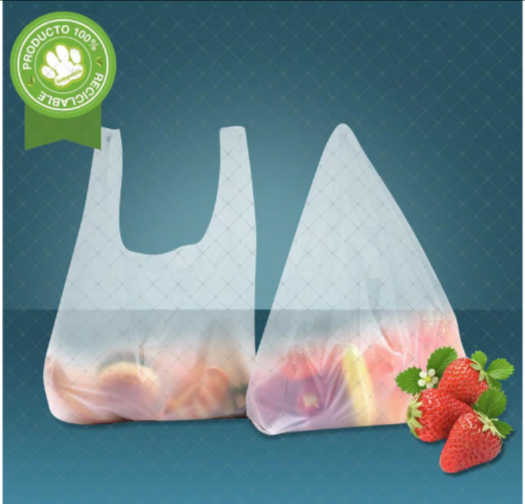Eco-friendly alternative disposable cellophane gloves for protection and hygiene in various applications
The Rise of Disposable Cellophane Gloves in Modern Hygiene
In recent years, the importance of hygiene and safety has surged to the forefront of our daily concerns, especially in light of global health crises. One product that has gained significant popularity is disposable cellophane gloves. These lightweight, versatile, and cost-effective gloves have become essential tools across various industries, from food service to healthcare, and even in households.
Understanding Disposable Cellophane Gloves
Cellophane gloves, made from a thin, transparent material, were initially developed for their barrier protection properties while allowing users to maintain dexterity and a degree of tactile sensitivity. Unlike traditional latex or nitrile gloves, cellophane gloves are often less expensive and provide a more comfortable fit for short-term use. This makes them an attractive option for tasks requiring frequent glove changes, such as handling food, cleaning, or performing simple tasks in clinical settings.
Applications in Various Industries
One of the most significant benefits of disposable cellophane gloves is their broad applicability
. In the food industry, these gloves help maintain hygiene standards by preventing direct contact between food and bare hands. This is crucial for minimizing contamination and ensuring food safety. Fast-food restaurants, catering services, and domestic cooks alike find them to be an indispensable part of their operations.In healthcare, while cellophane gloves are not typically used for high-risk procedures, they serve a purpose in non-invasive tasks, such as examining patients or performing basic tasks that require cleanliness. They offer a quick and easy way to maintain hygiene without sacrificing mobility, making them ideal for healthcare workers who need to change gloves frequently.
disposable cellophane gloves

Benefits of Using Cellophane Gloves
The advantages of disposable cellophane gloves extend beyond their cost-effectiveness and versatility. Their lightweight nature allows for excellent tactile feedback, which is crucial for tasks that require precision. Users can easily manipulate objects without feeling restricted, enhancing their efficiency. Additionally, the transparent design allows users to see their hands, which is particularly beneficial in situations where visual confirmation of hand movements is essential.
Another notable advantage is their disposability. Single-use gloves help reduce the risk of cross-contamination since users can easily discard them after a single task, thereby promoting a cleaner environment. This has become especially relevant in our current landscape, where the importance of preventing the spread of infections is paramount.
Environmental Considerations
While disposable cellophane gloves provide numerous benefits, they also raise environmental concerns. The increased use of single-use products contributes to waste generation, and cellophane, being a synthetic material, poses disposal challenges. As awareness of environmental issues grows, manufacturers are being called upon to develop more sustainable options. Biodegradable or compostable alternatives are emerging as viable solutions, helping address the environmental impact while maintaining the convenience of disposable gloves.
Conclusion
Disposable cellophane gloves have solidified their place as a practical solution in promoting hygiene and safety across various sectors. Their affordability, ease of use, and functionality make them an ideal choice for many applications. However, as the demand for these gloves continues to rise, it is crucial that we also consider their environmental impact and seek sustainable alternatives. Balancing convenience with eco-friendliness will be key in ensuring that our hygiene practices do not come at the expense of the planet. As we move forward, continued innovation in materials and disposal methods will be essential in meeting both health and environmental needs.
-
The Best Uses for Small Trash Bags in Daily LifeNewsJul.01,2025
-
Stylish Reusable Grocery Bags TrendsNewsJul.01,2025
-
Shipping Advantages of Using Bubble Envelopes BulkNewsJul.01,2025
-
How Compostable Mailing Bags Reduce Environmental ImpactNewsJul.01,2025
-
Environmentally - Friendly Bulk Poly MailersNewsJul.01,2025
-
Eco Friendly Custom Laminated Tote BagsNewsJul.01,2025
-
Have the freedom of customizing your custom mailers any way you want! Our dedicated packaging support will help deliver you the mailing experience you need to elevate your shipping experience to the next level! Start making a strong impression on your customers and stand out from your competitors! -
LIYA uses high quality raw materials which directly purchased from large enterprises domestic and overseas such as PetroChina, Sinopec, Sabic, Equate, ExxonMobil, Dow Chemical, Total, and Borouge, ensuring the price advantage and quality of the raw materials. -
LIYA uses high quality raw materials which directly purchased from large enterprises domestic and overseas such as PetroChina, Sinopec, Sabic, Equate, ExxonMobil, Dow Chemical, Total, and Borouge, ensuring the price advantage and quality of the raw materials.
Warning: Undefined array key "ga-feild" in /home/www/wwwroot/HTML/www.exportstart.com/wp-content/plugins/accelerated-mobile-pages/templates/features.php on line 6714





